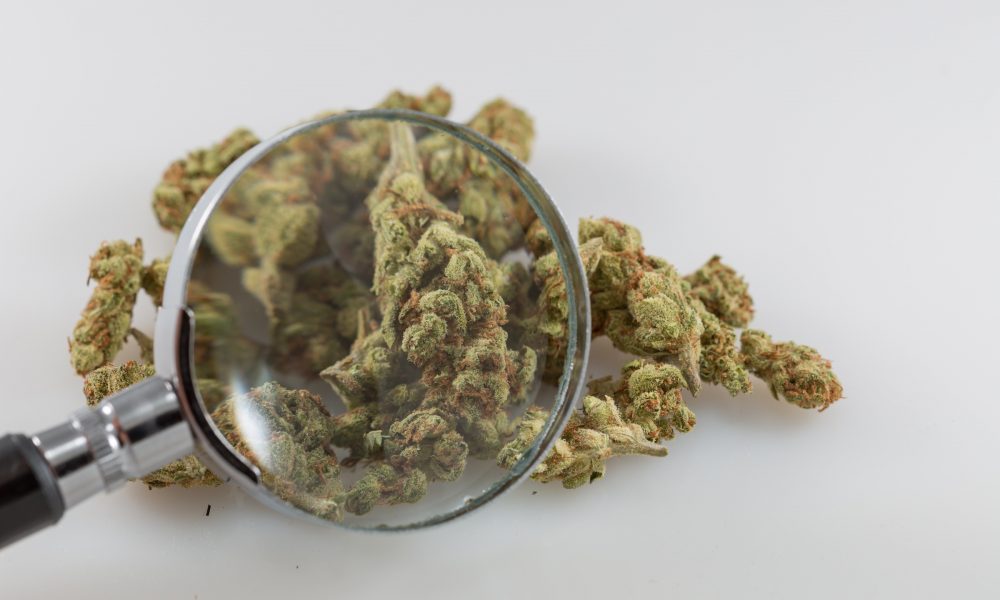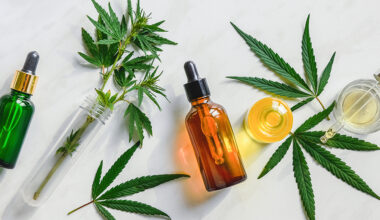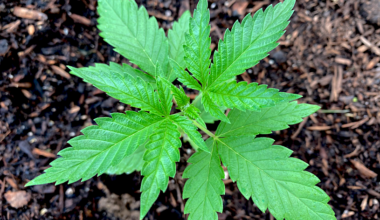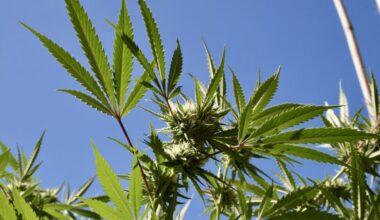U.S. Customs and Border Protection (CBP) is looking to buy portable marijuana analyzers to quickly identify cannabinoid profiles and help distinguish between marijuana and federally legal hemp.
In a recent notice, CBP said it is soliciting “statements of work” from companies that manufacture cannabis analyzers that meet the agency’s functional standards.
While it didn’t say exactly what it plans to do with the devices, CBD said it “requires the capability to determine if suspect plant material or manufactured products contain cannabinoid-class chemicals and in what quantity.”
Presumably, the technology would be used as part of investigations into suspected cases of marijuana smuggling. Law enforcement has struggled to distinguish between illicit marijuana and legal hemp since the latter crop was removed from federal control under the 2018 Farm Bill.
The notice specifies that the device must be able to determine whether a given cannabis product contains more than 0.3 percent THC by dry weight, which would mean it fits the federal definition of illegal marijuana.
CBP laid out the additional details about what it’s looking for in a cannabis analyzer, which must be “human-portable,” weighing no more than 15 pounds.
“At a minimum” it must be able to detect nine cannabinoids listed on a table provided in the notice, including delta-9 THC, delta-8 THC, CBD, CBN and CBG.
It must also be able to identify moisture and estimated dry weight of the cannabis material.
A full “analysis cycle” must not take more than 12 minutes, and the agency also said the screen must be in color and visible in different lighting settings.
Further, following the analysis, the device must show each cannabinoid that it detects, the dry weight of the cannabinoids and the moisture content.
“The analyzer shall have the ability to store analysis data and results on board the system,” the notice says. “The analyzer shall be capable of displaying the results of the analyses of the stored data” and it “shall have the ability to transfer data files and results to a universal serial bus (USB) flash drive.”
The device also needs to have a minimum of an eight-hour charge and come with a battery charger and impermeable carrying case.
Beside supplying the device itself, the notice requires the company that’s contracted by CBP to provide training on how to operate the analyzer. That training “shall be at an undergraduate and graduate level of physical sciences (e.g., chemistry) and must include a review of the operator’s manual and procedures as list therein.”
However, the agency stressed that while the company is required to provide training aids, except for “product containing cannabinoids and product free of cannabinoids,” as those “will be provided by the government.”
The deadline to submit statements of work on cannabis analyzer capabilities is September 2.
Based on a report from the Government Accountability Office (GAO) that was released in June, Border Patrol agents have mostly seized small amounts of drugs from American citizens at checkpoints, not large quantities trafficked by transnational cartels as some might assume.
“GAO found that most drug seizure events involved only U.S. citizens (91 percent), of which 75 percent involved the seizure of marijuana and no other drugs,” the report says.
Consistent with other studies and federal reports, the analysis also showed a significant decline in marijuana seizures at checkpoints overall since 2016, as more states have moved to provide consumers with a way to legally purchase cannabis from regulated businesses and federal prosecutors have increasingly urged discretion in marijuana cases.
When it comes to cannabis analytics, the Justice Department in 2020 awarded $350,000 to the National Institute of Standards and Technology (NIST) to support efforts to “provide forensic laboratories with the necessary analytical tools” to distinguish between marijuana and hemp.
The Drug Enforcement Administration (DEA) separately announced in 2019 that it was seeking a device to “provide specificity to distinguish between hemp and marijuana” since the former crop was legalized.
The complications resulting from hemp legalization became especially apparent in Texas, where marijuana possession arrests fell almost 30 percent from 2018 to 2019 following the state-level legalization of the non-intoxicating cannabis crop. Prosecutors in the state dismissed hundreds of low-level cannabis cases since hemp was legalized. And officials announced in 2020 that labs wouldn’t be performing testing in misdemeanor cases, with the Department of Public Safety saying it “will not have the capacity to accept those.”
Medical Disclaimer:
The information provided in these blog posts is intended for general informational and educational purposes only. It is not a substitute for professional medical advice, diagnosis, or treatment. Always seek the advice of your physician or other qualified healthcare provider with any questions you may have regarding a medical condition. The use of any information provided in these blog posts is solely at your own risk. The authors and the website do not recommend or endorse any specific products, treatments, or procedures mentioned. Reliance on any information in these blog posts is solely at your own discretion.





